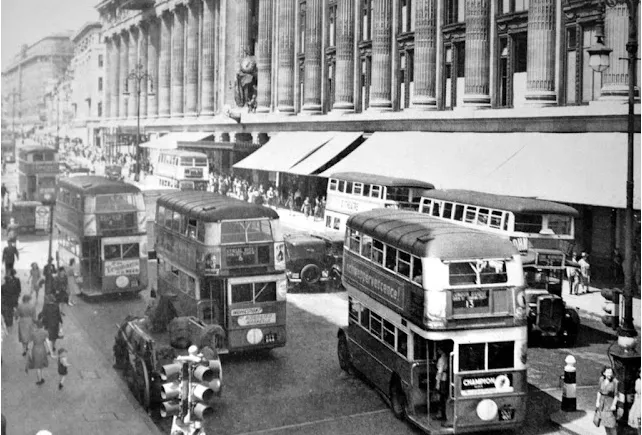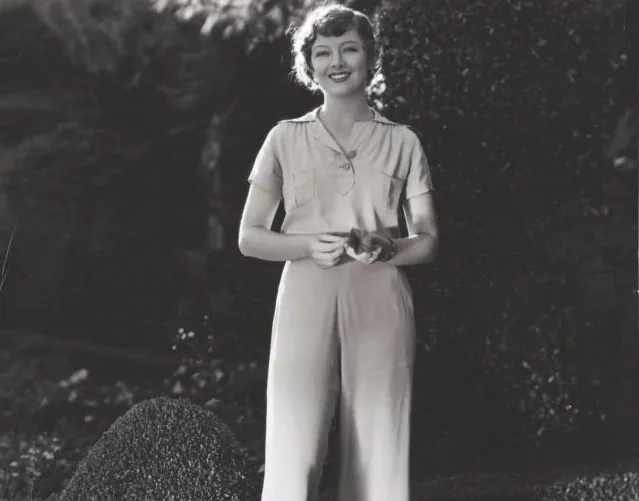The General Post Office (GPO) played an important role in the Second World War, providing essential communication services to the military and public. As a result, GPO buildings were often a target for enemy bombers and many suffered significant damage. With large numbers of men serving on the front, women and juveniles filled the gaps. Other innovations included the mobile Post Office and the airgraph, messages to troops sent on microfilm.
.jpg) |
| Liverpool Head Post Office after enemy air raid |
.jpg) |
| The roof of the reconstructed Mount Pleasant Sorting Office |
.jpg) |
| The sorting area of the reconstructed Mount Pleasant Sorting Office |
.jpg) |
| Mount Pleasant trailer pump crew |
.jpg) |
| Sorting mail at Euston Station |
.jpg) |
| Postwoman and boy messenger |
.jpg) |
| RAF personnel receive Post office training |
.jpg) |
| Training WRNS at Mount Pleasant |
.jpg) |
| The Post Office Savings Bank and Polish forces |
.jpg) |
| Recordak automatic processing machine |
.jpg) |
| Foreign transit mail hidden in France during German occupation |
.jpg) |
| Posting box and stamp vending machine |
.jpg) |
| Central Telegraph Office from the North East |
.jpg) |
| Mobile Post Office |
.jpg) |
| Temporary Parcels Office, Mount Pleasant |
.jpg) |
| Emergency Postal Headquarters North Finchley, 1945 |
.jpg) |
| Girl messenger |
.jpg) |
| Airgraphs Division, King Edward Building |
.jpg) |
| Airgraph processing at Kodak Ltd |
.jpg) |
| Airgraphs being despatched |
.jpg) |
| Post Office UNRRA Conference |
(Photos via British Postal Museum & Archive)



